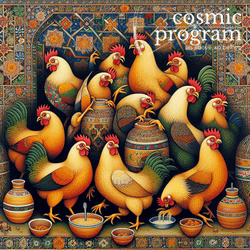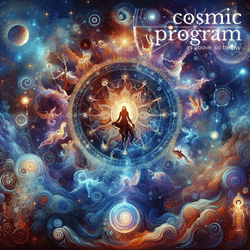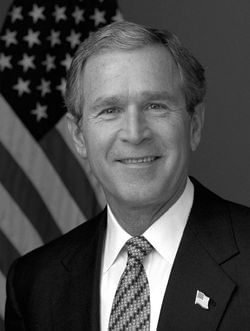
Photo Attribution: Collection of the Hermitage Museum, St. Petersburg, Russia.
Catherine the Great
This example has been viewed 912x times
Summary
Rodden Rating
Analysis for Catherine the Great
Biography
Catherine II[a] (born Sophie of Anhalt-Zerbst; 2 May 1729 – 17 November 1796),[b] most commonly known as Catherine the Great,[c] was the reigning empress of Russia from 1762 to 1796. She came to power after overthrowing her husband, Peter III. Under her long reign, inspired by the ideas of the Enlightenment, Russia experienced a renaissance of culture and sciences, which led to the founding of many new cities, universities, and theatres, along with large-scale immigration from the rest of Europe and the recognition of Russia as one of the great powers of Europe.
In her accession to power and her rule of the empire, Catherine often relied on her noble favourites, most notably Count Grigory Orlov and Grigory Potemkin. Assisted by highly successful generals such as Alexander Suvorov and Pyotr Rumyantsev, and admirals such as Samuel Greig and Fyodor Ushakov, she governed at a time when the Russian Empire was expanding rapidly by conquest and diplomacy. In the south the Crimean Khanate was annexed following victories over the Bar Confederation and Ottoman Empire in the Russo-Turkish War. With the support of Great Britain, Russia colonised the territories of New Russia along the coasts of the Black and Azov Seas. In the west the Polish–Lithuanian Commonwealth, ruled by Catherine's former lover King Stanisław August Poniatowski, was eventually partitioned, with the Russ ian Empire gaining the largest share. In the east Russians became the first Europeans to colonise Alaska, establishing Russian America.
Many cities and towns were founded on Catherine's orders in the newly conquered lands, most notably Odessa, Yekaterinoslav, Kherson, Nikolayev, and Sevastopol. An admirer of Peter the Great, Catherine continued to modernise Russia along Western European lines. However, military conscription and the economy continued to depend on serfdom, and the increasing demands of the state and of private landowners intensified the exploitation of serf labour. This was one of the chief reasons behind rebellions, including Pugachev's Rebellion of Cossacks, nomads, peoples of the Volga, and peasants.
The Manifesto on Freedom of the Nobility, issued during the short reign of Peter III and confirmed by Catherine, freed Russian nobles from compulsory military or state service. The construction of many mansions of the nobility, in the classical style endorsed by the empress, changed the face of the country. She is often included in the ranks of the enlightened despots.[d] As a patron of the arts, she presided over the age of the Russian Enlightenment, including the establishment of the Smolny Institute of Noble Maidens, the first state-financed higher education institution for women in Europe.
Source: https://en.wikipedia.org/wiki/Catherine_the_Great
Raw Data
Horoscope Data
Comments
Natal Data
1729-05-02 01:32:00 GMT
53° 25′ 12.0″ N 14° 31′ 48.0″ E
Szczecin, Poland




















































.jpg?bossToken=119fbd85a70d59cd018ea5cf91e72e56d56724043fd8531cc5bd1faf824f46f4)






_(cropped).jpg?bossToken=46fbbdccea8f2e5add1553e2e379ef6de2d055a368c61bd2261c8c33261dcc82)
(cropped)_(1).jpg?bossToken=7b8b498cde43b7361c9be6fa76c2b61b1f2041c1f9a377ff70beafb9c204d239)



